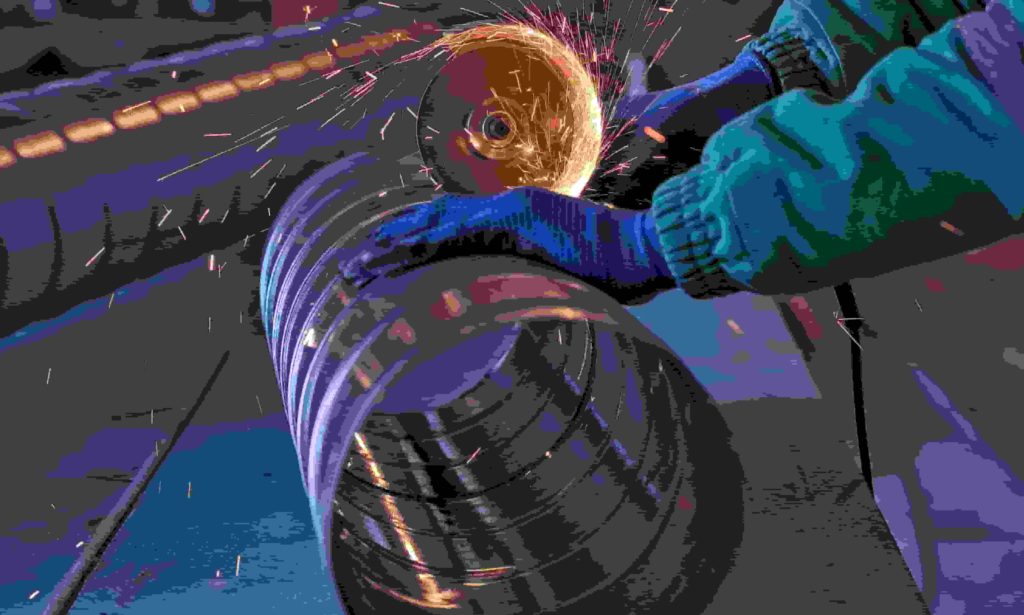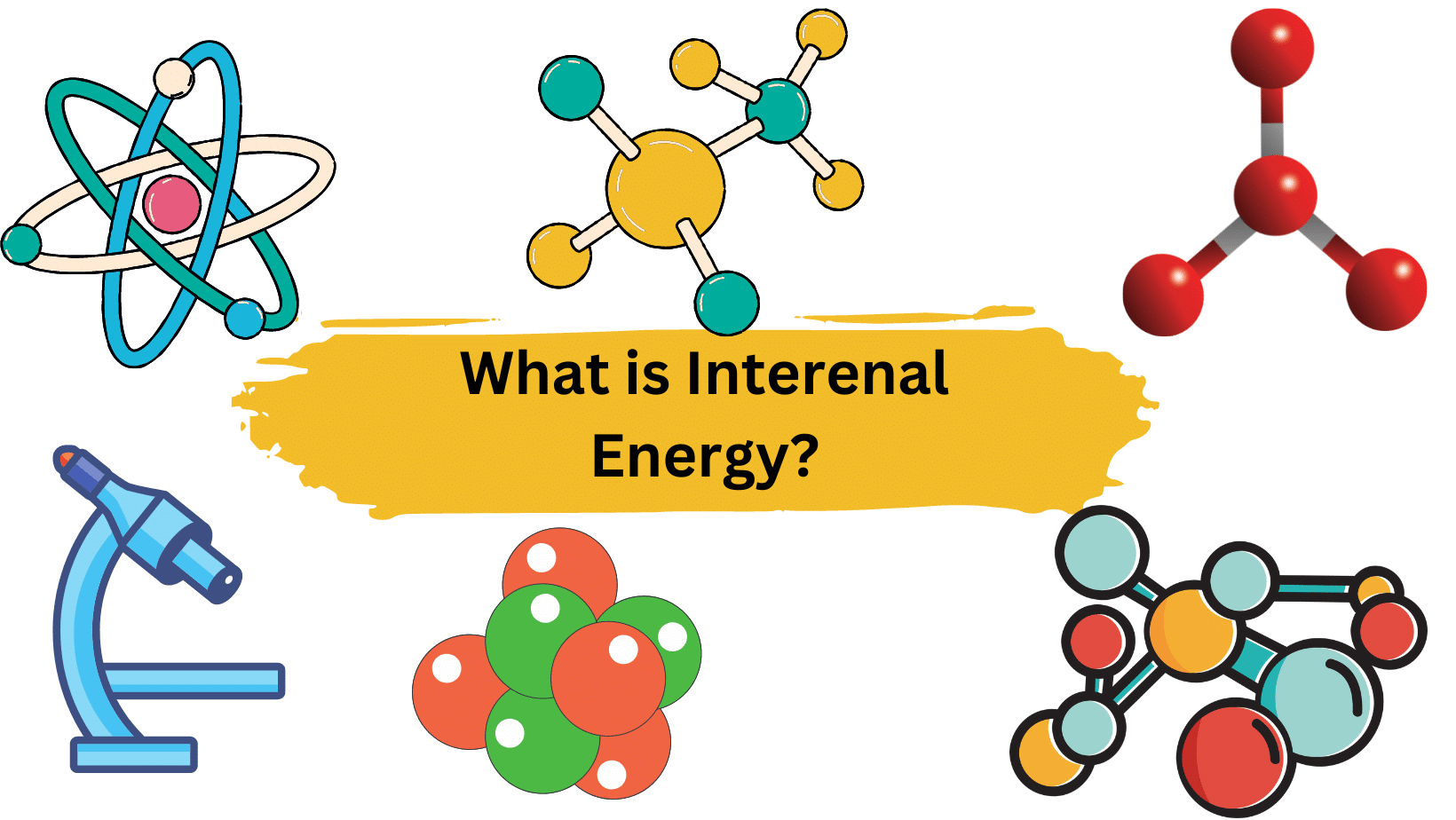A conductor is a material that allows electric current to pass through it easily. It has low resistance to the flow of electricity. Conductors are used to transmit electrical power from one point to another. Some examples of conductors include copper, aluminum, gold, and silver.
An insulator is a material that does not allow electric current to pass through it easily. It has high resistance to the flow of electricity. Insulators are used to separate electrical conductors to prevent electrical current from flowing between them.
Some examples of insulators include rubber, glass, air, and plastic.
Glass, porcelain, plastic, and rubber are examples of insulators.
Examples of Conductors and Insulators
| Insulators | Uses | Conductors | Uses |
|---|---|---|---|
| Glass | Windows, electrical insulators | Copper wiring | Electrical wiring, electronics |
| Rubber | Electrical insulation, seals | Aluminum wiring | Electrical wiring, power transmission |
| Ceramic | Electrical insulation, cookware | Silver wiring | Electronics, electrical contacts |
| Air | Electrical insulation, cooling | Gold wiring | Electronics, jewelry, electrical contacts |
| PVC | Electrical insulation, pipes | Steel wiring | Electrical wiring, construction |
| Porcelain | Electrical insulation, dishes | Carbon fiber wiring | Aerospace, sports equipment |
| Paper | Electrical insulation, packaging | Iron wiring | Electrical wiring, construction |
| Mica | Electrical insulation, electronics | Zinc wiring | Electrical wiring, construction |
| Oil | Electrical insulation, cooling | Brass wiring | Electrical wiring, construction |
| Teflon | Electrical insulation, non-stick coating | Platinum wiring | Electronics, jewelry, electrical contacts |
Frequently Asked Questions
- What is an insulator?
An insulator is a material that does not conduct electricity easily. Examples include rubber, plastic, and glass. - What is a conductor?
A conductor is a material that easily conducts electricity. Examples include copper, aluminum, and gold. - What is the difference between an insulator and a conductor?
The main difference between an insulator and a conductor is their ability to conduct electricity. Insulators do not conduct electricity easily, while conductors do. - How does the conductivity of a material relate to its atomic structure?
The conductivity of a material is related to its atomic structure.
In general, materials with free electrons are good conductors, while materials with few free electrons are good insulators. - What is an example of a good insulator?
An example of a good insulator is rubber. Rubber is commonly used as an insulator because it does not conduct electricity easily. - What is an example of a good conductor?
An example of a good conductor is copper. Copper is commonly used as a conductor because it easily conducts electricity. - What is the purpose of insulators in electrical systems?
The purpose of insulators in electrical systems is to prevent electrical current from flowing where it is not supposed to. Insulators help to protect people and equipment from electrical shock and damage. - What is the purpose of conductors in electrical systems?
The purpose of conductors in electrical systems is to allow electrical current to flow where it is supposed to. Conductors help to transmit electrical energy from one place to another. - How can the conductivity of a material be measured?
The conductivity of a material can be measured using a device called a conductivity meter. This device measures the ability of a material to conduct electrical current. - Can a material be both an insulator and a conductor?
Yes, some materials can be both an insulator and a conductor, depending on their properties and how they are used. For example, semiconductors such as silicon and germanium can behave as insulators or conductors depending on their doping levels.
- BCl3 Lewis Structure in four simple steps - November 1, 2023
- PH3 Lewis Structure in four simple steps - October 8, 2023
- PF3 Lewis structure in four simple steps - September 24, 2023



